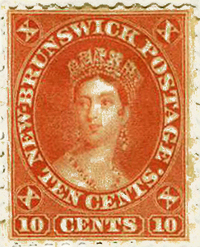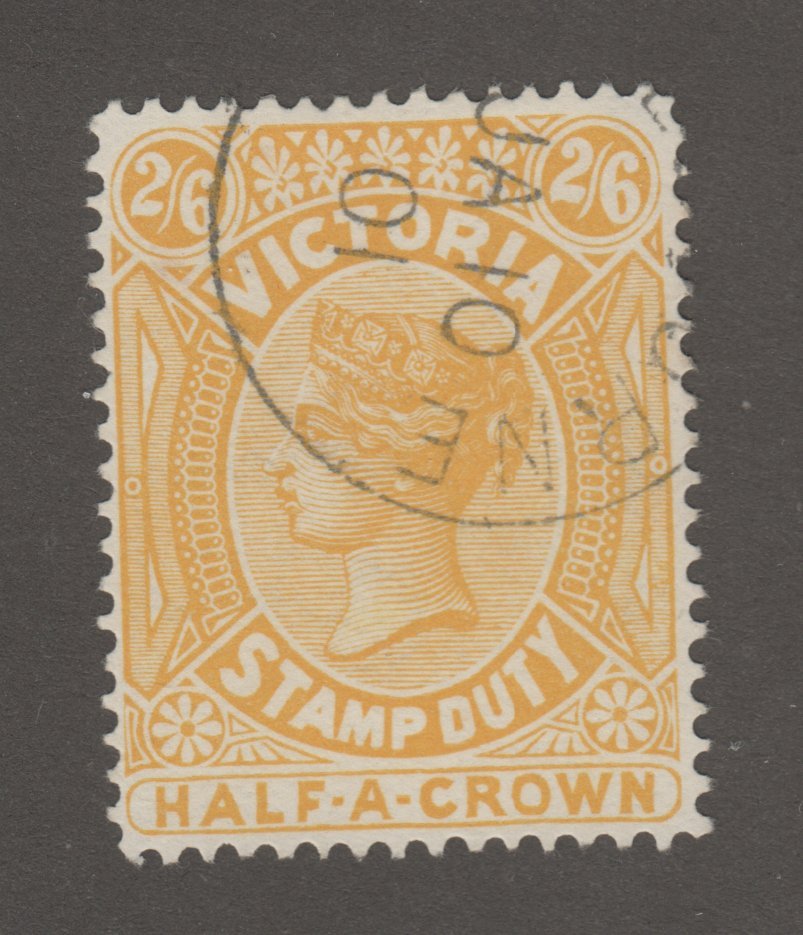
Discussion - Member to Member Sales - Research Center

Discussion - Member to Member Sales - Research Center

Sorry about the darkness of the images. I also had to resize out a lot of resolution to get the images down to the upload size limit. If there are some particular stamps you need higher resolution images of in order to tell real vs fake, let me know.



2 Members
like this post.
Login to Like.
After some research, it looks like A Forster, whose address is on the envelope may have been the husband of Ivy Forster, a British Hero of the Holocaust.
https://www.jerseybunkertours.com/louisa-gould
Not only does the name match, but the address matches a registration address for Ivy Forster. That makes me wonder even more if it's a fake.

Login to Like
this post
The cover is philatellic, but not a fake. The blue lines are standard postal marking to indicate payment of extra postage for registration. As well, the stamps are real. Because of paper shortages, newsprint was used for stamps printed later in the war.
Bob
P.S. Resolution has virtually nothing to do with colour reproduction.

1 Member
likes this post.
Login to Like.
Greetings,
You depict Guernsy N1, N2 , and N3. And Jersey N1, N2, N3, N4, N5, N6, N7, N7a on newsprint, and N8..
You need Guuernsy N4 and N5, which are on bluish bank-note paper (from France). That would be the 1/2 d and 1d in the same design as N1 and N2. Not too expensive on eBay. Very interesting history goes along with these stamps. Can you make out the secret letter code on Jersey N2. And there are a couple of others with code as well. Done as a gesture of contempt to Hitler.
Cheers,
Wine

2 Members
like this post.
Login to Like.
Thanks bobstamp and winedrinker for the information. Yes, I did see the hidden symbols of resistance (v for victory, the AAAA, the AABB, and the stylized G R for King George. I showed my daughter and told her the story of the stamps, and she thought that was pretty cool (I do too). Brave folks. Her actual words were, "Why don't they teach history like that in school? It would be way more interesting." I agree.
I've seen the blue paper varieties on eBay, and have thought about picking up the bits needed to make this set more complete.

Login to Like
this post
This thread piqued my interest, so in an effort to learn more about the The Channel Island stamps during war time I turned to the web.
Only to find this very informative series of pages The Channel Islands at War — Postage stamps as instruments of resistance compiled by Bob.
Definitely worth a read,
Clive

2 Members
like this post.
Login to Like.
10:47:20pm
I'm going through a stamp and postal stationary collection I inherited from my uncle over 20 years ago. He collected stamps from the 1930's to around 1990. I collected stamps as a kid, but not past that, so I have only a slim knowledge of stamps. Along with other things, he seems to have a pretty comprehensive collection of Channel Island stamps. There were some I found very interesting, but while reading up on them, I learned there are many fakes. I'd like to find out if they are real or fake, and if fake, what points that out? The first photo are the loose stamps he had (stored in glassine envelopes). The stamp in the second row had the note "newsprint" (it is darker, like newsprint), and the next two rows had the note "white paper". The second is an unopened letter. I'm also curious about that. It was sent not long after the war ended. What was the purpose of that, do the drawn horiz. & vert. lines (on front and back, and there is a single postmark in the center of the back too) have some significance?
Sorry about the darkness of the images. I also had to resize out a lot of resolution to get the images down to the upload size limit. If there are some particular stamps you need higher resolution images of in order to tell real vs fake, let me know.



2 Members
like this post.
Login to Like.
11:47:22pm
re: Channel Island occupation stamps - real?
After some research, it looks like A Forster, whose address is on the envelope may have been the husband of Ivy Forster, a British Hero of the Holocaust.
https://www.jerseybunkertours.com/louisa-gould
Not only does the name match, but the address matches a registration address for Ivy Forster. That makes me wonder even more if it's a fake.

Login to Like
this post

re: Channel Island occupation stamps - real?
The cover is philatellic, but not a fake. The blue lines are standard postal marking to indicate payment of extra postage for registration. As well, the stamps are real. Because of paper shortages, newsprint was used for stamps printed later in the war.
Bob
P.S. Resolution has virtually nothing to do with colour reproduction.

1 Member
likes this post.
Login to Like.

re: Channel Island occupation stamps - real?
Greetings,
You depict Guernsy N1, N2 , and N3. And Jersey N1, N2, N3, N4, N5, N6, N7, N7a on newsprint, and N8..
You need Guuernsy N4 and N5, which are on bluish bank-note paper (from France). That would be the 1/2 d and 1d in the same design as N1 and N2. Not too expensive on eBay. Very interesting history goes along with these stamps. Can you make out the secret letter code on Jersey N2. And there are a couple of others with code as well. Done as a gesture of contempt to Hitler.
Cheers,
Wine

2 Members
like this post.
Login to Like.
03:01:33pm
re: Channel Island occupation stamps - real?
Thanks bobstamp and winedrinker for the information. Yes, I did see the hidden symbols of resistance (v for victory, the AAAA, the AABB, and the stylized G R for King George. I showed my daughter and told her the story of the stamps, and she thought that was pretty cool (I do too). Brave folks. Her actual words were, "Why don't they teach history like that in school? It would be way more interesting." I agree.
I've seen the blue paper varieties on eBay, and have thought about picking up the bits needed to make this set more complete.

Login to Like
this post

re: Channel Island occupation stamps - real?
This thread piqued my interest, so in an effort to learn more about the The Channel Island stamps during war time I turned to the web.
Only to find this very informative series of pages The Channel Islands at War — Postage stamps as instruments of resistance compiled by Bob.
Definitely worth a read,
Clive

2 Members
like this post.
Login to Like.

